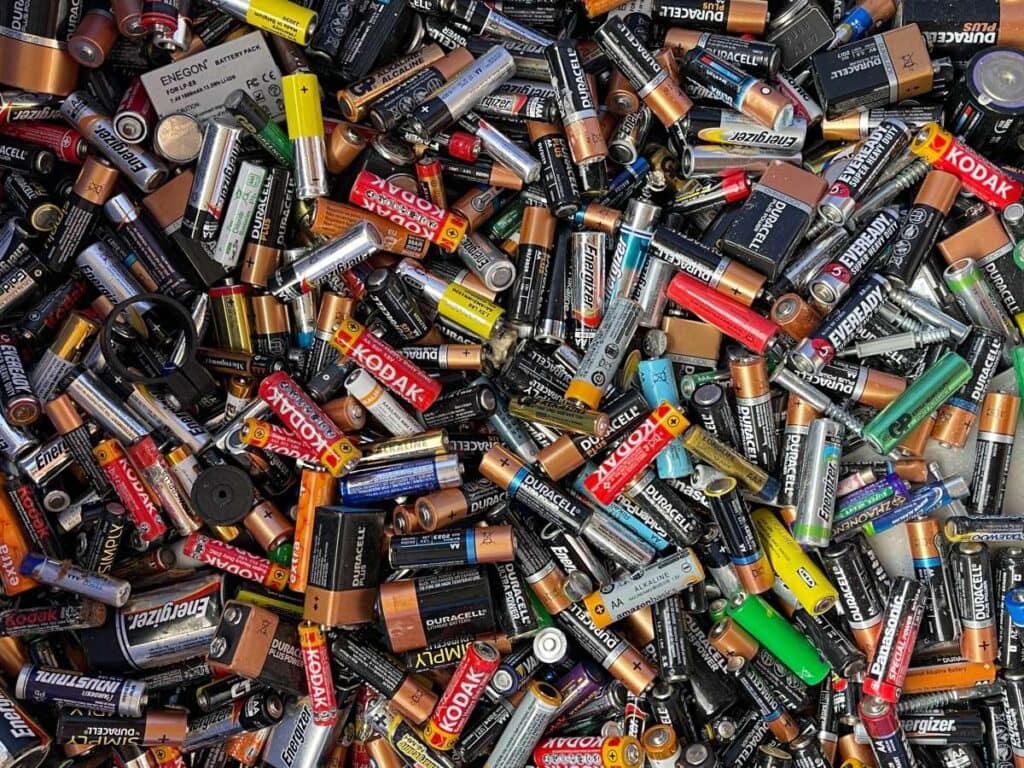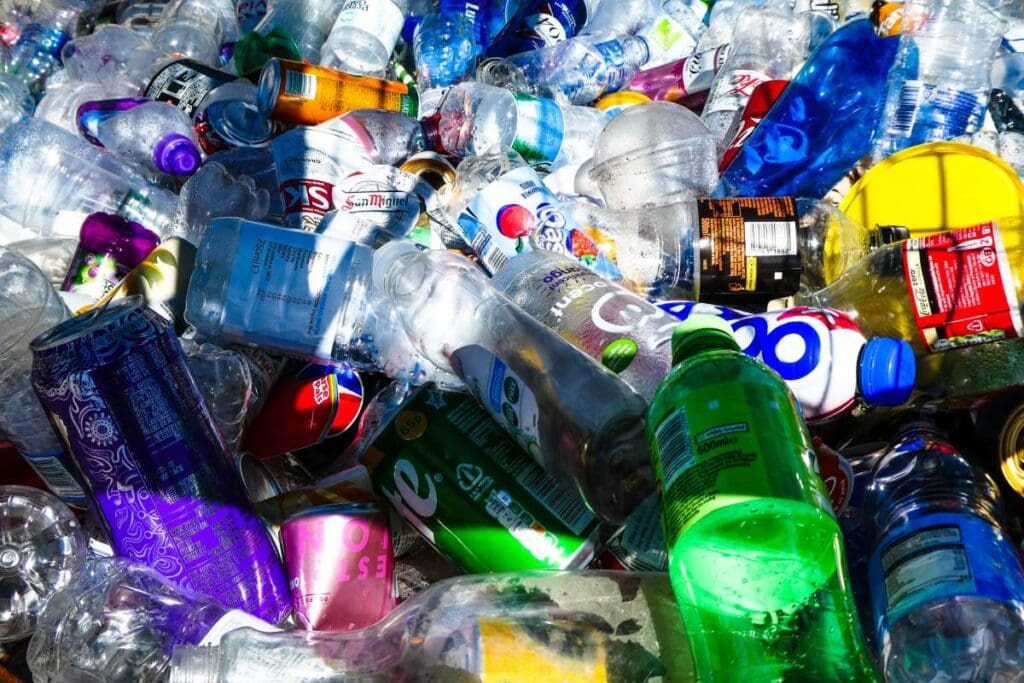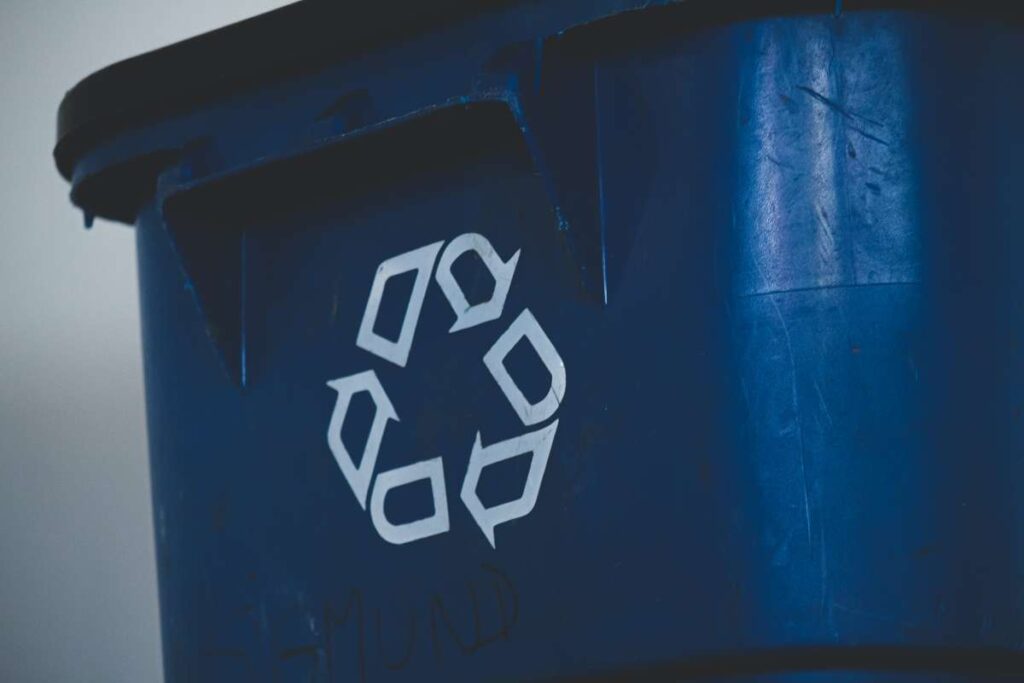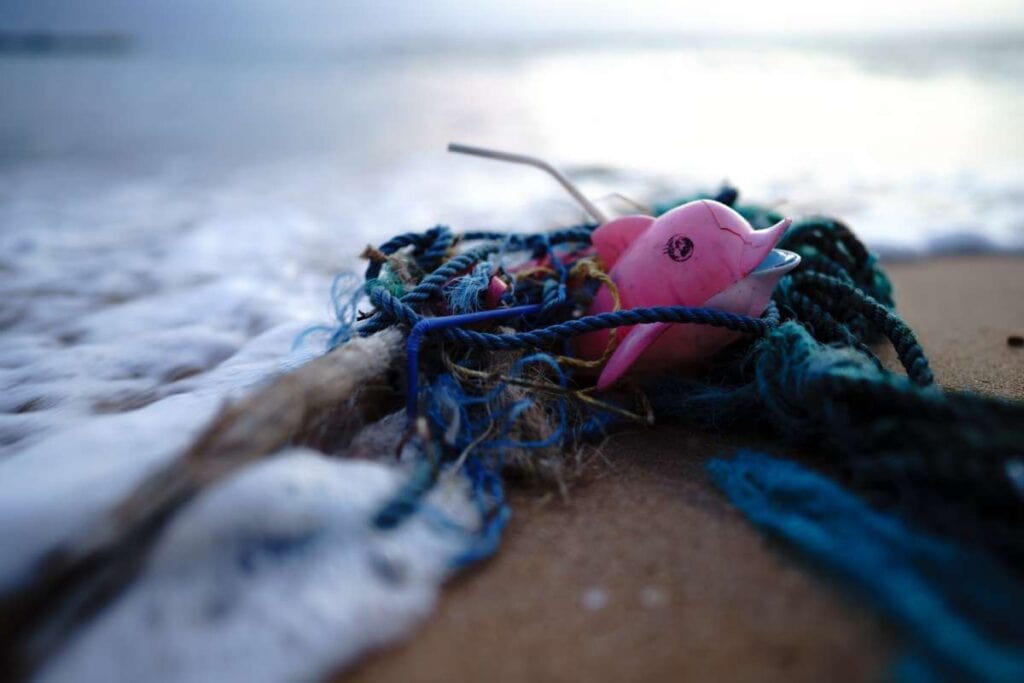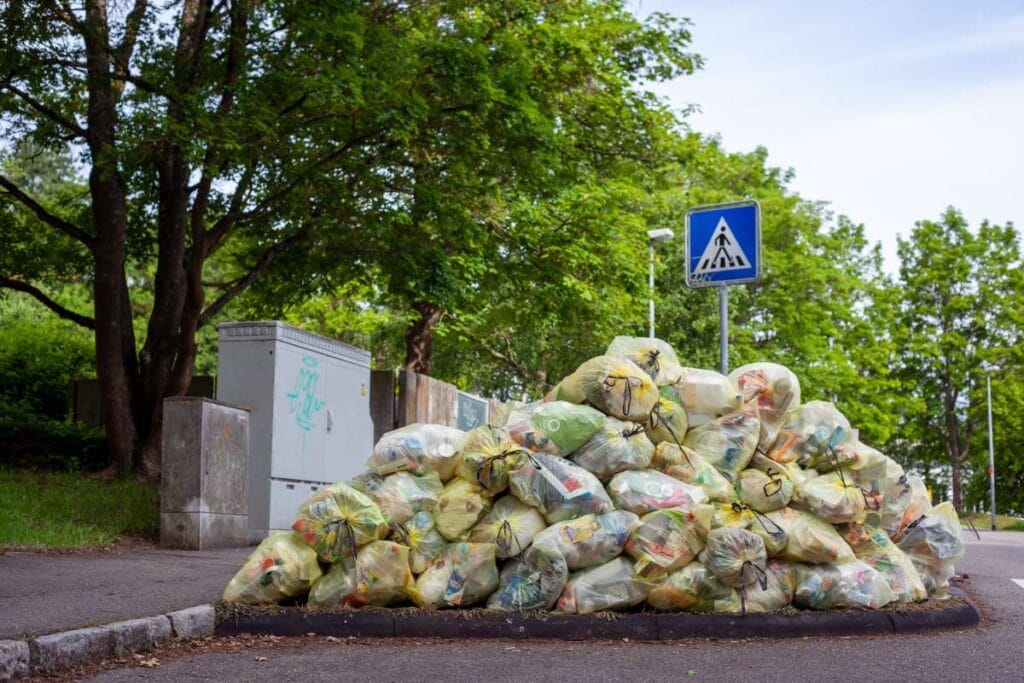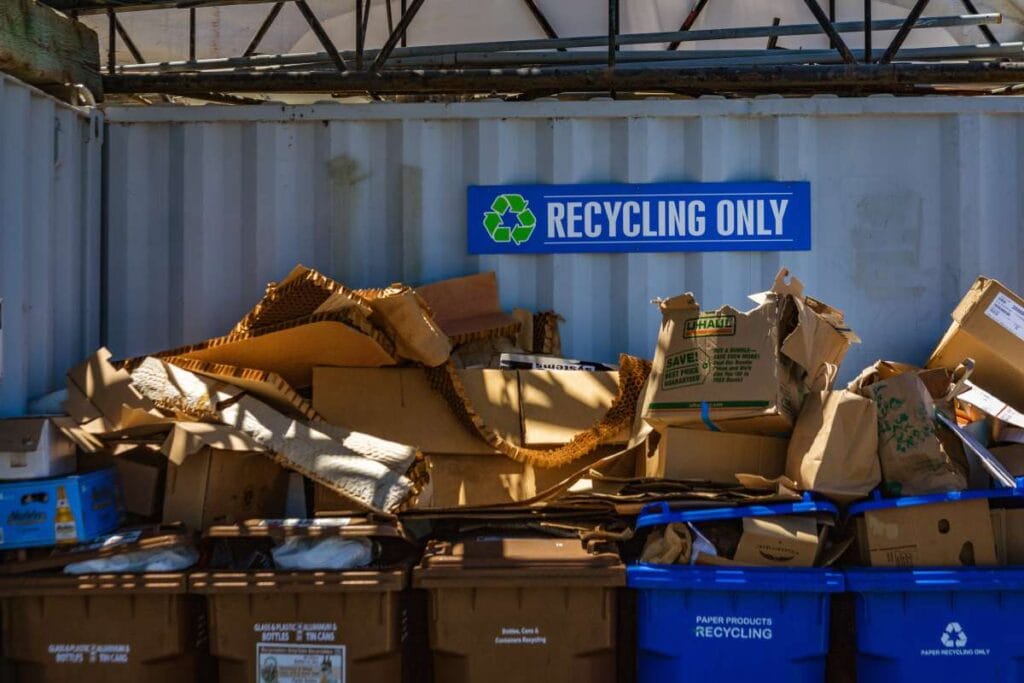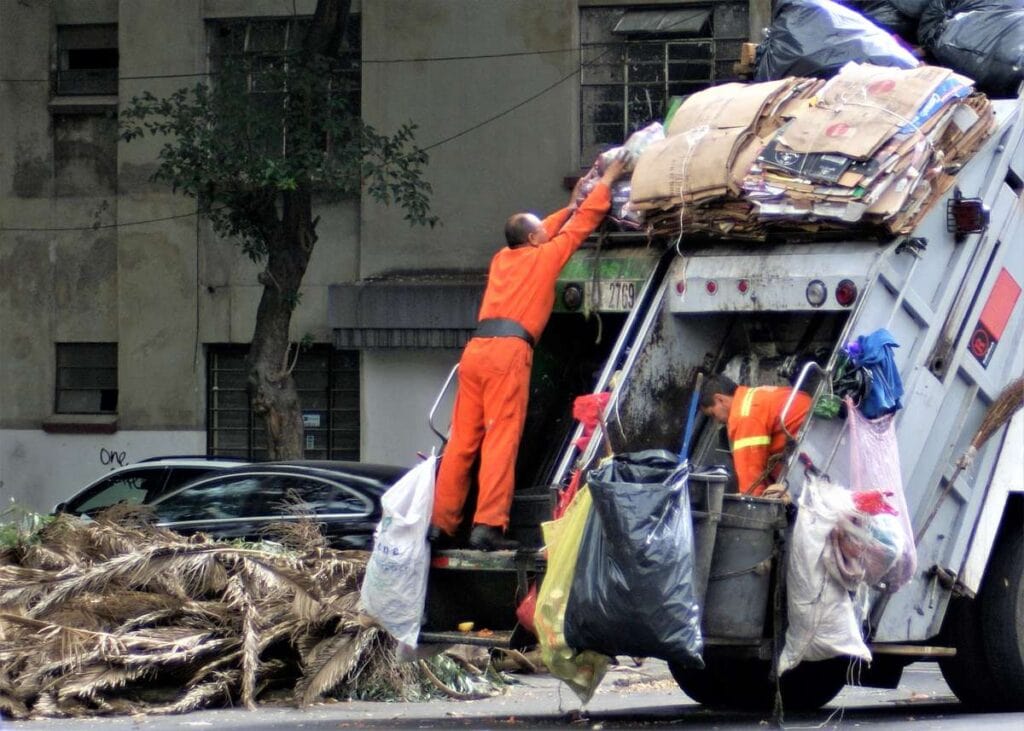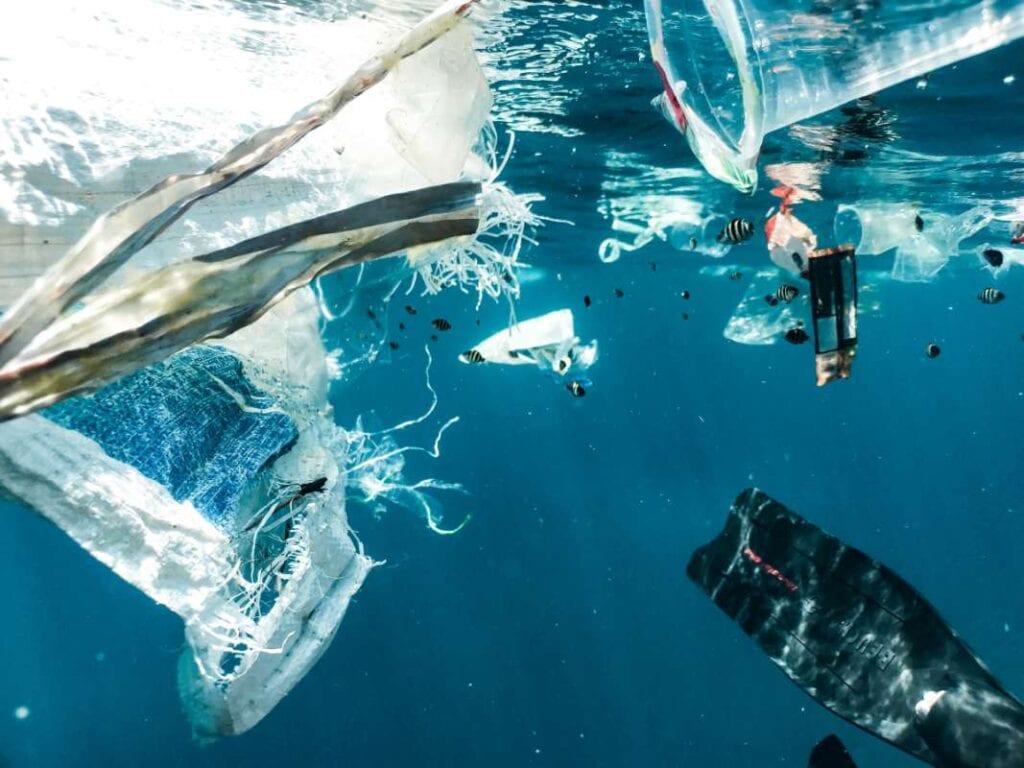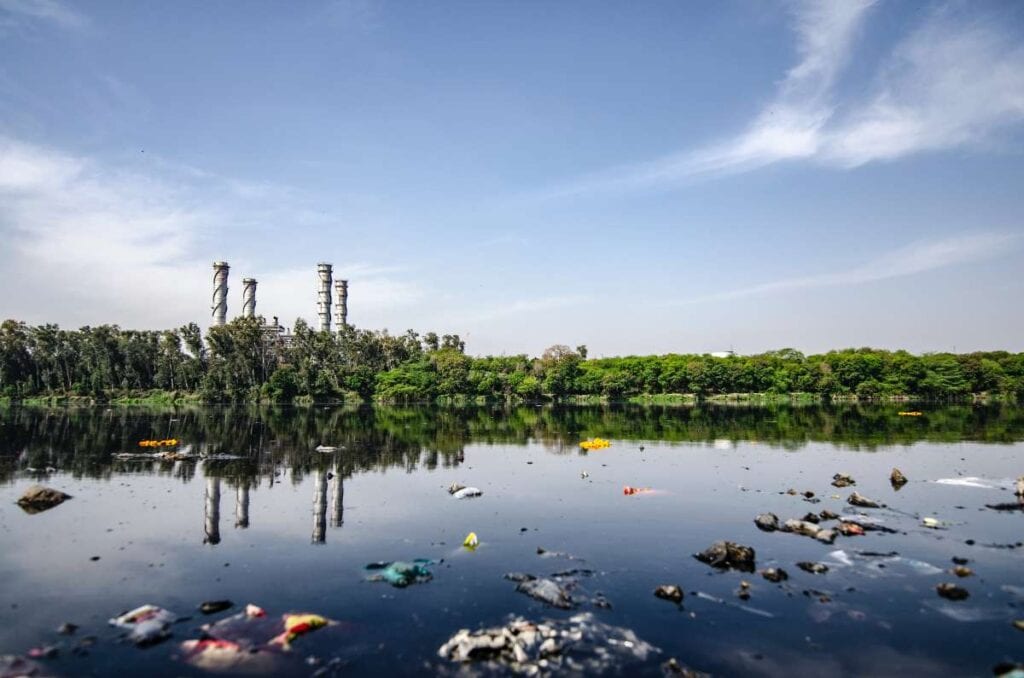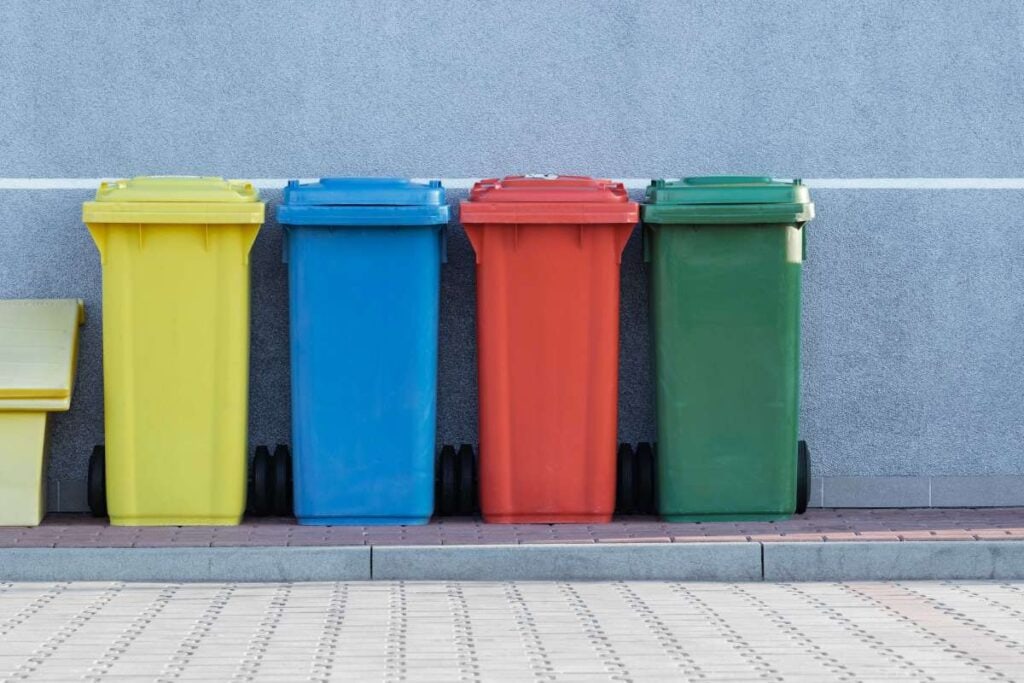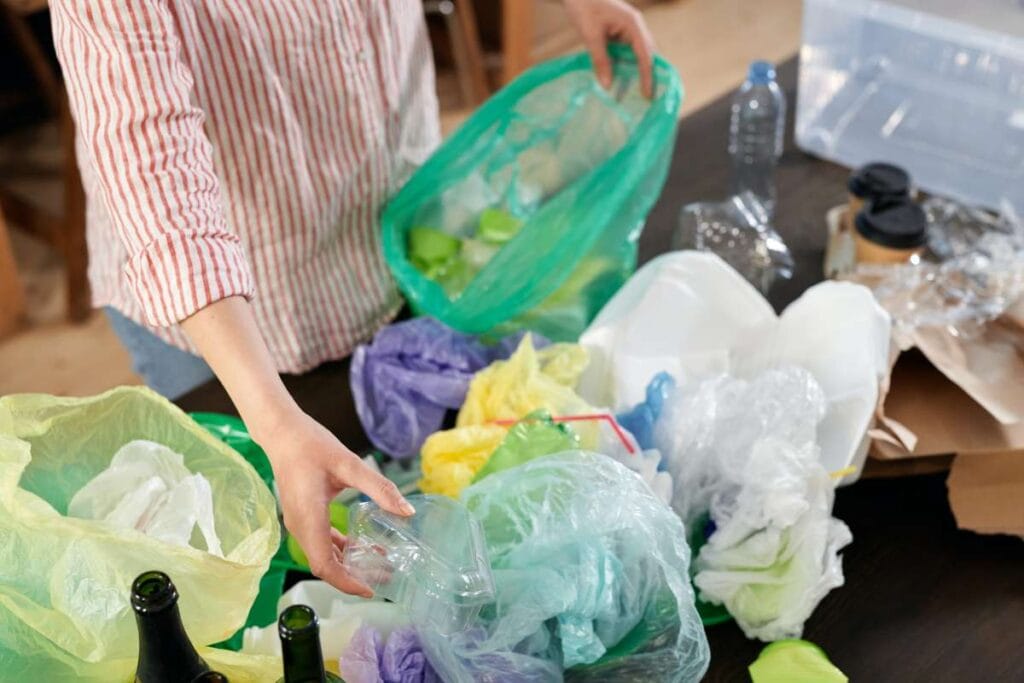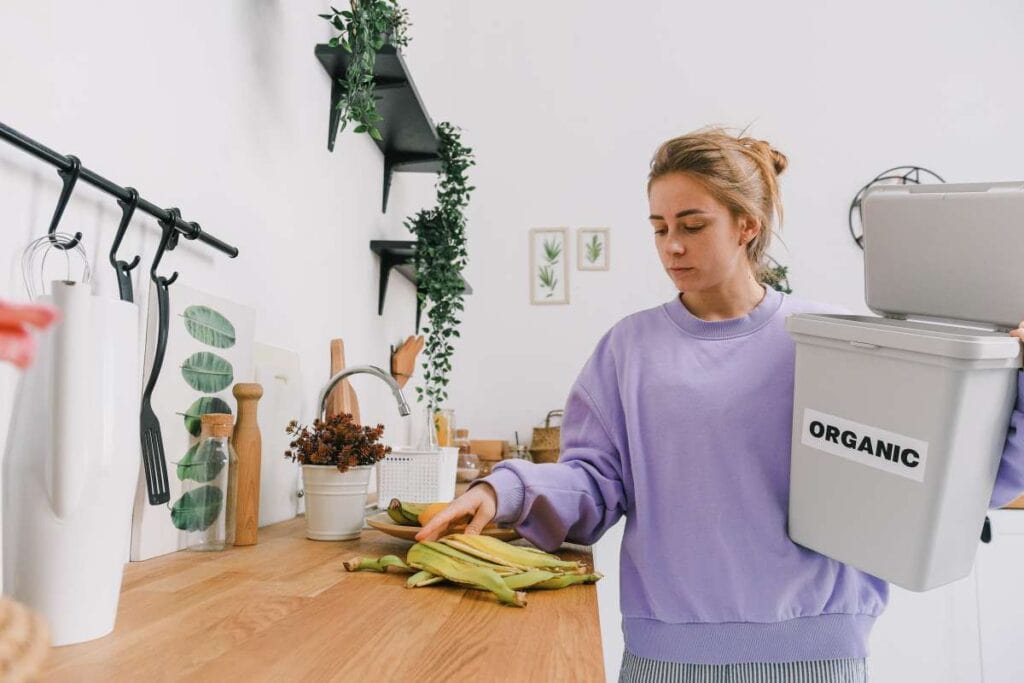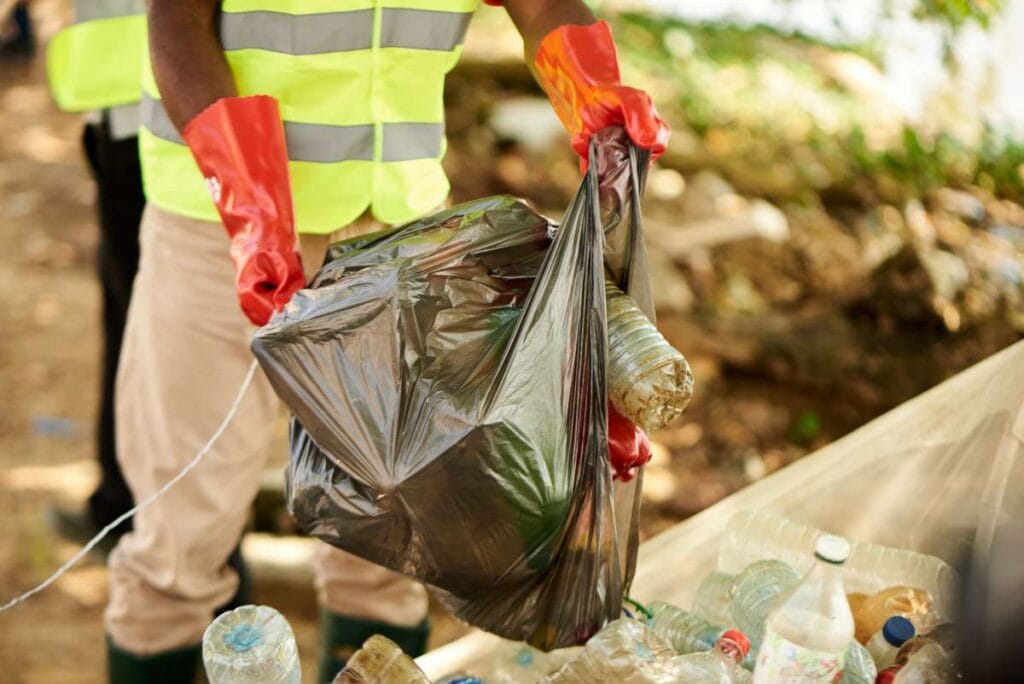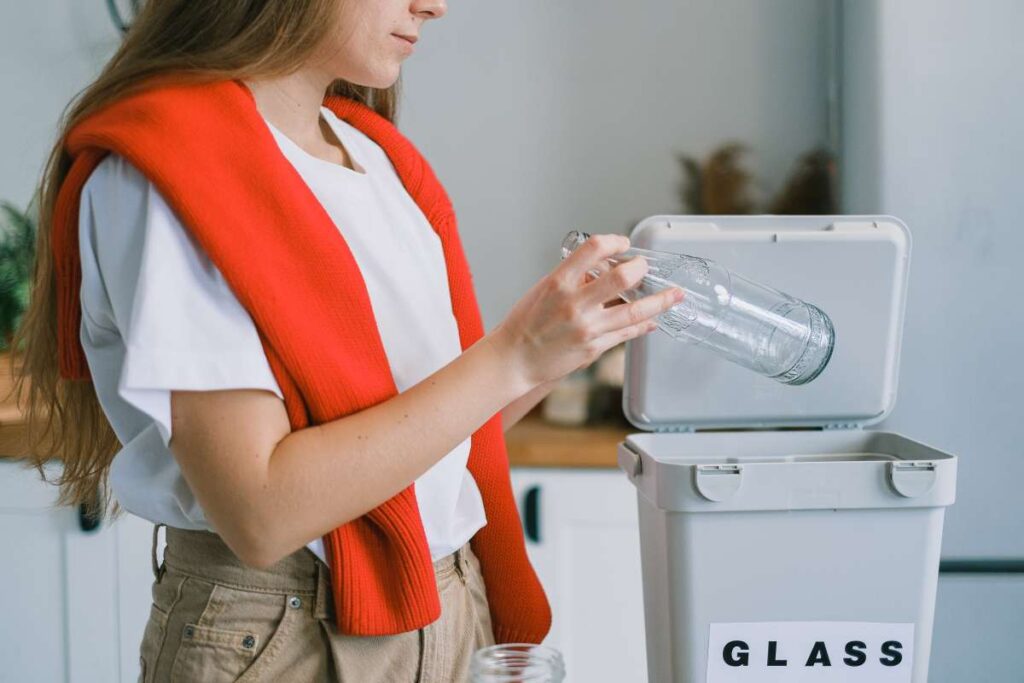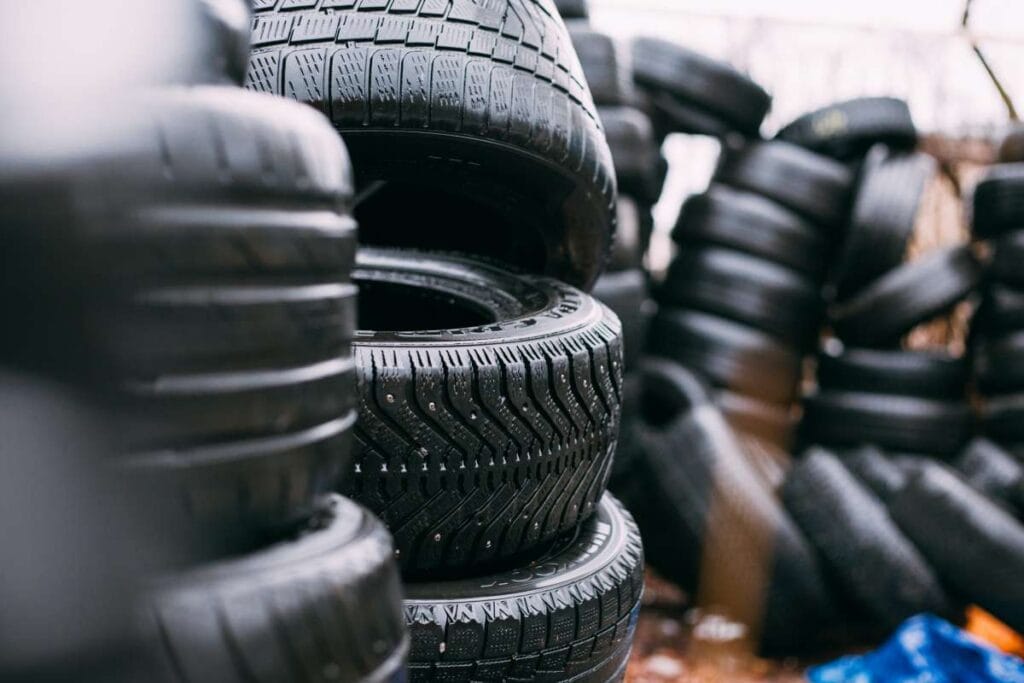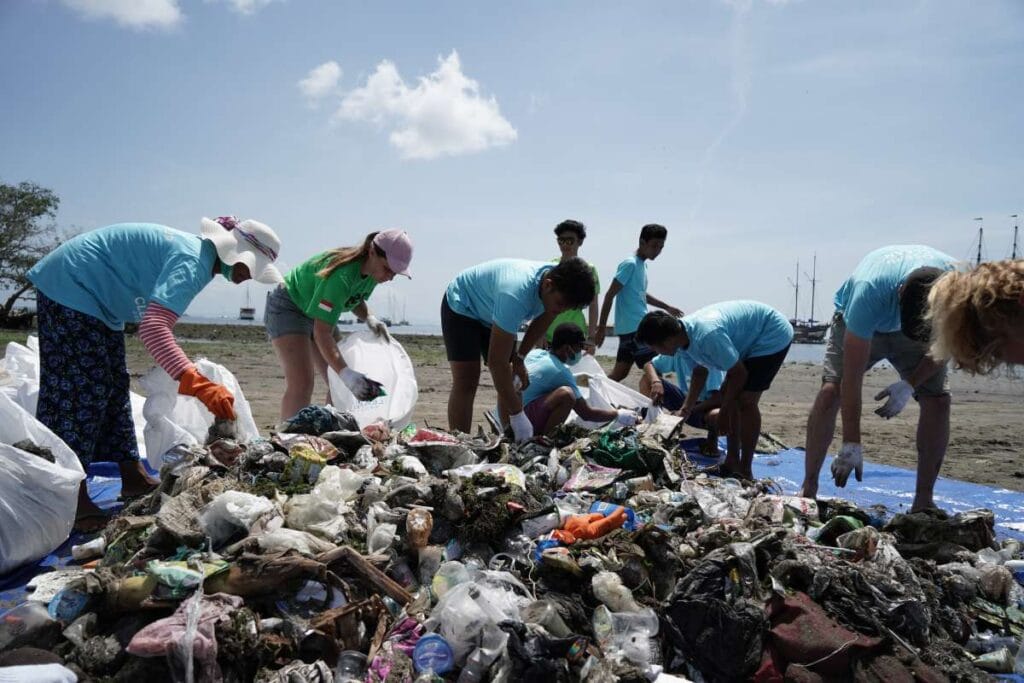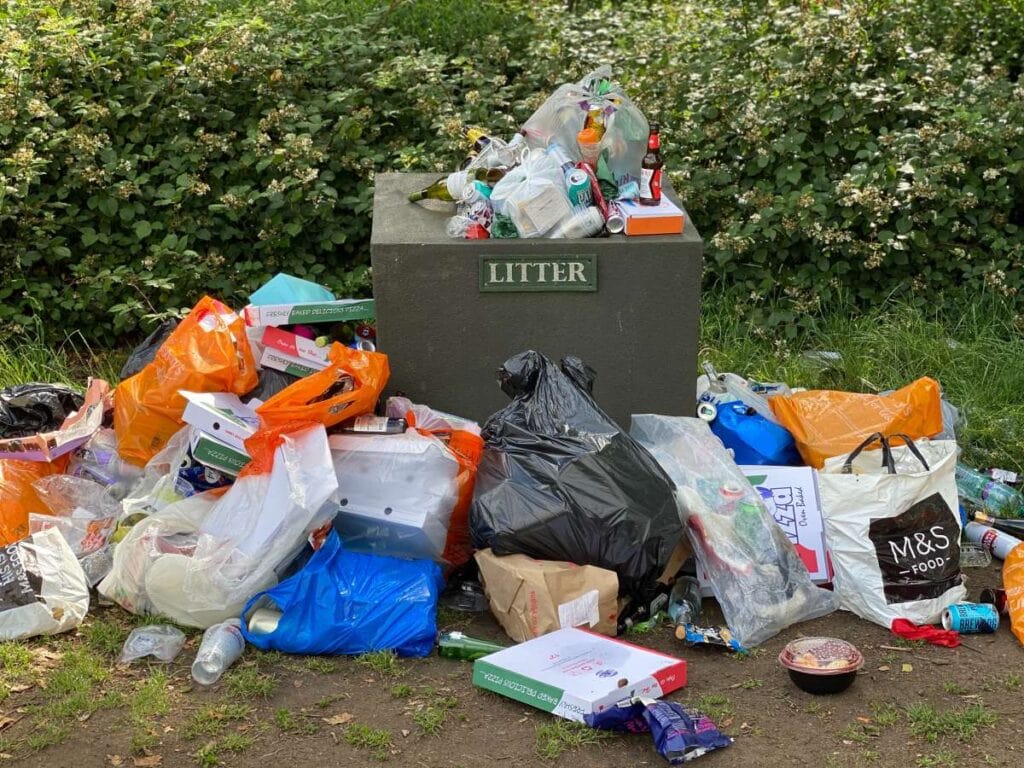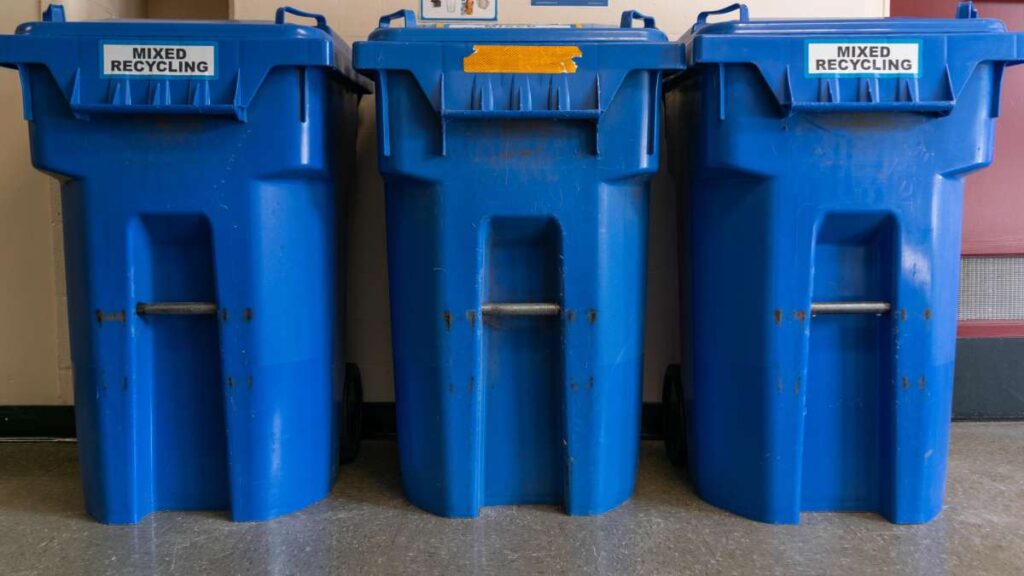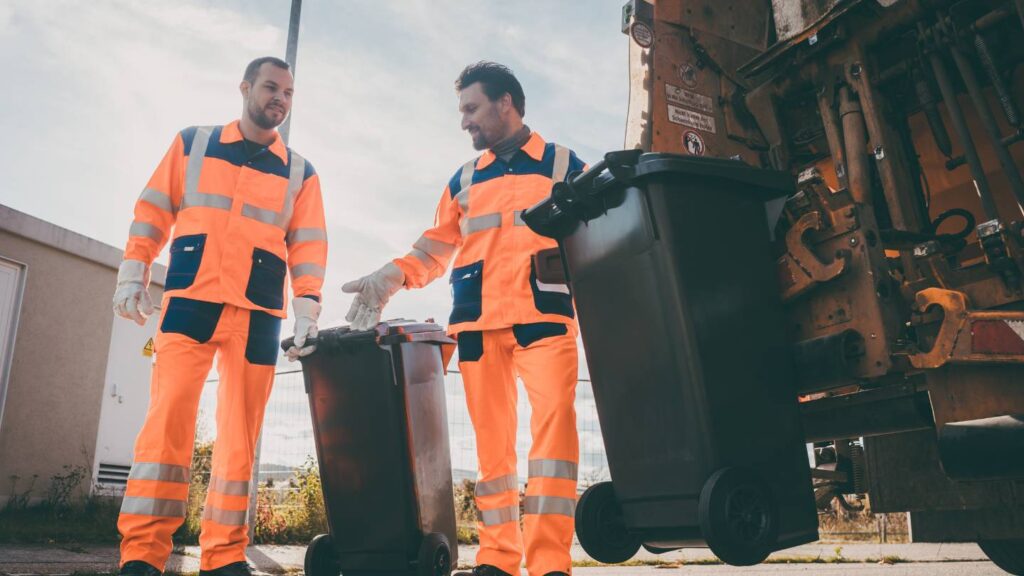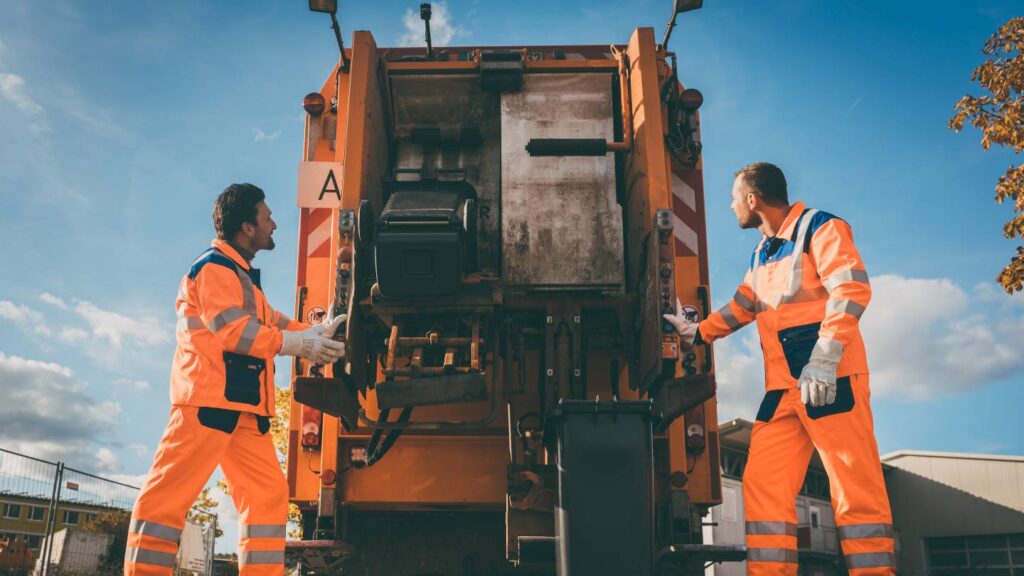Any trash that could be harmful to people or the environment is considered hazardous waste. Many everyday and industrial products, such as chemicals, electronics, and even human waste, qualify as hazardous waste. The environment and human health are both seriously threatened by the improper disposal of hazardous waste. Therefore, it is crucial to learn the correct procedures for getting rid of such waste. In this guide, we'll show you the ropes so you can get rid of your hazardous waste in a way that doesn't endanger anyone's health or the environment.
What Kinds Of Wastes Are "Hazardous?"
Many types of discarded chemicals and other wastes are categorised as hazardous because they are byproducts of commercial, industrial, and institutional operations. Cleaning solvents, used acids and bases, scraps from metal finishing, leftover paint, and sludges from air and water pollution control units are all examples of hazardous waste. There are many things that can be considered hazardous wastes, even if they aren't typically thought of as such.
- Batteries (can contain metals like lead and cadmium, as well as acids and bases)
- Lead-containing CRT-based computer monitors
- Fluorescent lamps and thermostats both contain mercury.
- Waste from renovations and demolition (may include lead-based paint)
Understanding Hazardous Waste
Producers of waste should not place hazardous materials in regular trash cans or landfills. To ensure it is safe for humans, animals, and the environment, it must undergo extensive testing.
Keep in mind that you can't handle your own hazardous waste treatment unless you have the proper training and equipment on-site. Therefore, it is imperative that you recognise the distinction between hazardous waste and general trash.
In general, trash is classified as hazardous if it poses a health or environmental risk to humans or other organisms. Liquids that are corrosive, flammable, chemical, or commonplace, such as batteries or paint, fall into this category.
Storing Waste
After determining that your trash contains harmful materials, you must follow all applicable regulations when dealing with it. It's possible that you'll have to keep hazardous waste on-site before having it hauled away. The proper way to store hazardous waste is in containers designed for that purpose. For example, hazardous materials are often stored in steel containers at waste management facilities.
An area specifically for hazardous waste should be set aside. It needs to be situated in close proximity to the point of generation. It should not interfere with other events. A secondary container can be added to the setup to collect any overflow from the primary container. This additional safety measure guarantees that your trash is safe and poses no threat to people or the environment.
Waste Disposal
Dangerous materials can only be dumped in designated areas. Companies that deal specifically with hazardous waste will come and pick it up from your home or place of business. They can then move the potentially harmful materials to the proper processing centres. The waste removal service will typically request this code. They need information about the substance and any potential dangers it poses.
The disposal of hazardous materials at a landfill requires the use of a facility that is permitted to receive such materials. If the garbage is corrosive or flammable, for example, the landfill might not take it. That's why it's smart to schedule an appointment with the landfill ahead of time. Find out if they are able to take and treat the hazardous waste you intend to deliver.
What Happens When Hazardous Household Waste Is ...
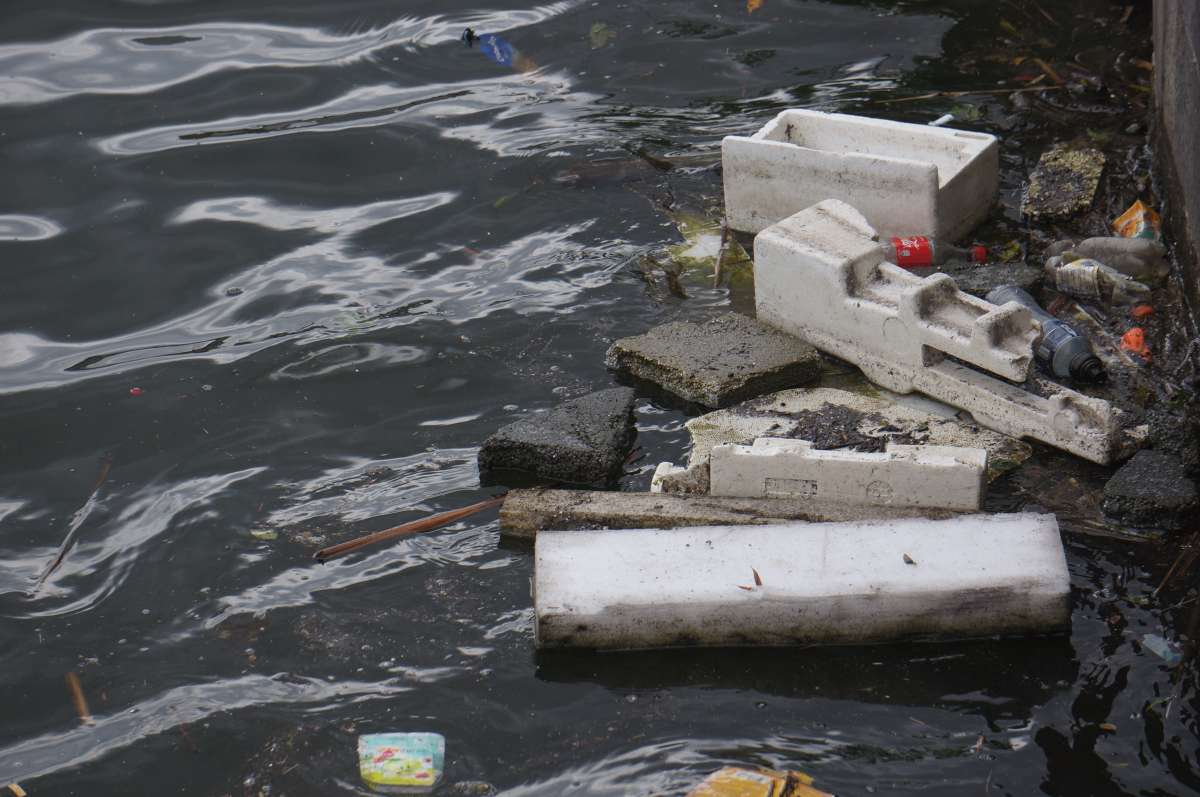
Thrown In The Garbage?
The vast majority of South Carolina's residential garbage is collected door-to-door or brought to a transfer station by private citizens. A county landfill is a final destination for the trash. Household hazardous wastes are not typically accepted at landfills. Polluting the air and water with these wastes is a real possibility.
Household garbage that contains hazardous materials could start a fire or explosion or release toxic gases. The compacting of hazardous materials has resulted in serious burns, lost eyesight, and lung damage for sanitation workers. Damage has also been done to the equipment.
Poured Down The Drain?
Toxic substances can be introduced into a septic system or the municipal sewer system if they are disposed of in the toilet or sink. A septic system collects household wastewater in a tank that is placed underground. The solids separate from the liquid and begin to break down. The treated wastewater is then discharged into a drain field, where it is further degraded by the soil's natural processes.
If the wastewater contains toxic materials, the beneficial bacteria may be killed. Some poisonous substances are able to permeate soil unaltered or untreated. This can lead to the contamination of groundwater or surface water. Methylene chloride is one such chemical that is found in numerous paint thinners and spray paints. This chemical does not degrade in an aerobic system like a septic tank.
Bleach containing chlorine can also be safely flushed through a septic system. As an added hazard, chlorine can react with natural substances to produce even more dangerous byproducts. If your home is hooked up to the city's sewage system, your used water will be sent to a treatment facility. After being purified, the water is released into local waterways.
Bacteria and other organisms are used in the majority of municipal systems for waste decomposition. Some potentially harmful household waste may be able to make its way through the system unfiltered, polluting water sources further down the line. Furthermore, toxic chemicals from household wastes that are flushed down the toilet can corrode pipes or build up in the trap, emitting noxious vapours into the home.
Poured In Ditches, Storm Drains, Or Gutters?
Anyone, especially children and the elderly, who comes into contact with garbage dumped in waterways (such as ditches, storm drains, and gutters) is at risk for serious health problems. Dangerous garbage from homes flows into nearby waterways when it rains.
Burned?
There is a risk of explosion when household hazardous waste is incinerated, in addition to the pollution of the air and the release of toxic fumes. In contrast, to open burning by untrained homeowners, controlled burning in specialised hazardous waste incinerators can be an effective disposal method. It's possible that some potentially harmful substances won't burn to ash, while others could pollute the air.
Dumped Or Buried?
When certain types of persistent or nonbiodegradable household waste are dumped or buried, they can contaminate the soil and water. The general public, including kids, pets, and wildlife, could be put in danger by this trash. Antifreeze that has been spilt on roads or driveways is a common cause of poisoning in dogs.
How To Dispose Of Hazardous Waste
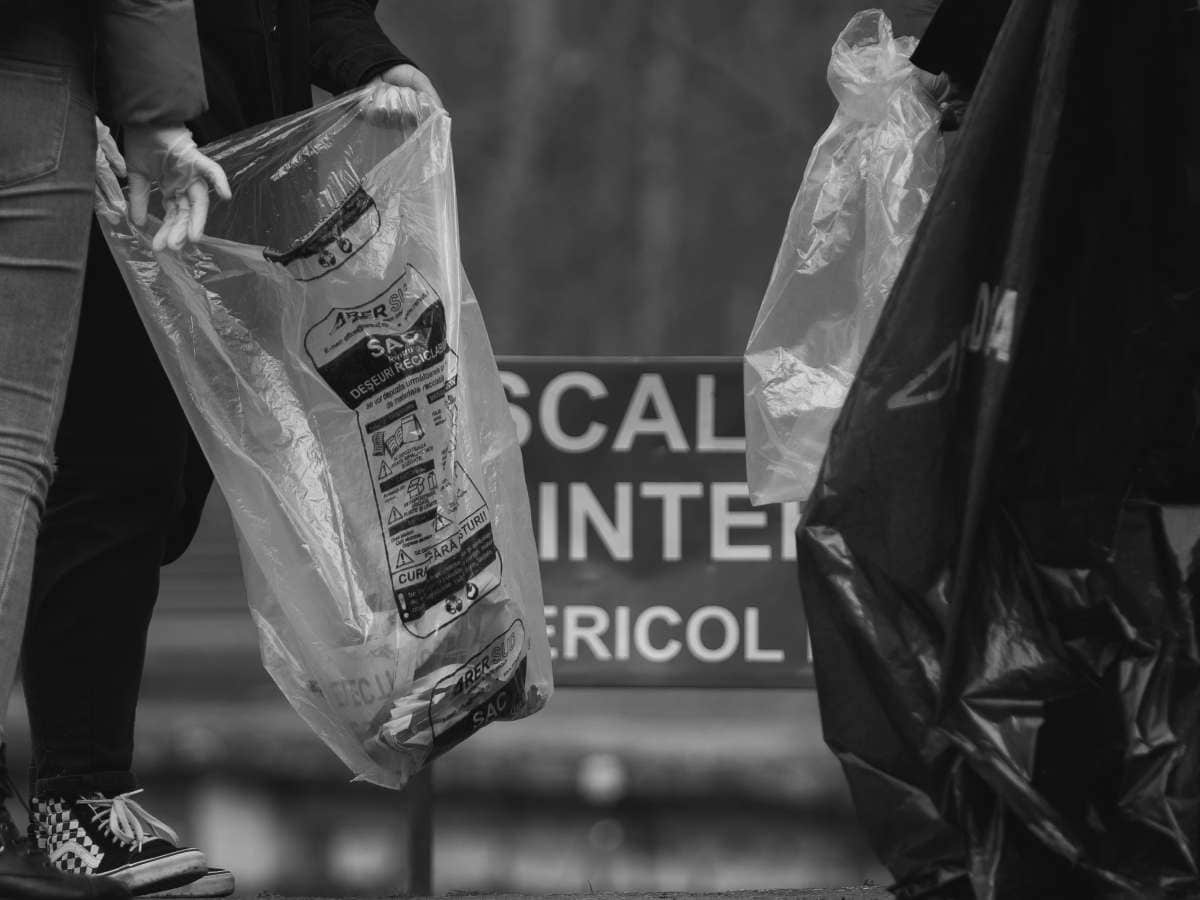
Even though you're probably swamped with other pre-move tasks, don't forget about hazardous waste disposal. It is everyone's responsibility to dispose of these materials properly, as there are real consequences if they wind up in landfills or recycling plants. The procedure is outlined below.
Research The Laws In Your County.
First, you should find out what the laws are regarding the disposal of hazardous waste in your area. You should research the relevant laws in your county of residence before proceeding.
Read The Labels.
There are general guidelines on how to store and handle many common household hazards. While you probably won't find instructions on how to properly dispose of an item on the packaging itself, you can learn important information about safe disposals, such as which materials should not come into contact with a substance and how to avoid potential dangers while you figure out the best way to dispose of it.
Schedule A Home Pick-Up.
If you need help disposing of hazardous materials from your home, call your regional waste management service and enquire about their pick-up options. Many do, though they may charge you a fee. If this option is available, it's important to know exactly where to put things until they can be picked up. It's not likely that you can simply toss these containers into any old trash can. Finding out ahead of time which items are allowed and which are not can help you avoid forgetting anything.
Find A Drop Off Location.
If your local waste management agency doesn't offer curbside collection services, they almost certainly have drop-off locations and regular hours or days. Again, a direct call is preferable, as is asking as many questions as possible. There may be restrictions on what kinds of hazardous materials can be dropped off at once, or the facility may have other rules that you need to be aware of.
Request A Mail-In Recycling Kit.
There is also hazardous waste mail-in recycling kits available from companies like Waste Management, which operates facilities in many different counties. If you don't have access to kerbside or apartment building pick-up, you'll appreciate these kits even more. Enter your zip code on Waste Management's website to find out if you qualify for their mail-in service; if you do, they'll send you a container to dispose of your hazardous waste.
After that, just drop it in the mail. While this isn't the best option for recycling things like gasoline or antifreeze, it's perfect for things like spent batteries, fluorescent light bulbs, and printer cartridges that can't go in the regular garbage or recycling.
Donate.
You should give your hazardous materials to someone who can use them if at all possible. Donating leftover paint, for instance, could be useful to a charity like Habitat for Humanity that is updating its own facilities. In addition, the auto shop might be interested in your used motor oil, and the local nursery might appreciate your surplus fertiliser.
Other Tips For Disposing Of Hazardous Materials
Keep Materials In Their Original Packaging.
It's safer to leave potentially dangerous substances in their original containers than to open them or move them to another location.
Never Mix Products.
The reaction between two potentially harmful substances is unpredictable. Never mix chemicals without proper safety precautions.
Handle Even Empty Containers With Care.
Even after the original chemical substance has been removed from a container, any lingering residue inside may still be dangerous. It is just as important to properly dispose of empty hazardous waste containers as it is to do so with full ones.
Consider the hassle of disposal when making similar purchases in the future. Cleaning products that contain toxic chemicals can be swapped out for safer alternatives like baking soda, vinegar, and mild detergent. Not all potentially hazardous materials have equally effective non-hazardous substitutes, but some can be replaced with less risky materials without reducing quality.
FAQs About Proper Waste Disposal
Improper disposal of hazardous waste can have severe consequences on the environment and human health. Hazardous waste can contaminate soil, water, and air, leading to health problems like cancer, birth defects, and other serious illnesses.
Proper disposal of hazardous waste involves identifying the waste, packaging it securely, and transporting it to a designated facility for disposal. Contact your local waste management agency or search online for hazardous waste disposal options in your area.
No, you should never dispose of hazardous waste in regular trash. Doing so can be harmful to sanitation workers and the environment.
If you accidentally spill hazardous waste, immediately contain the spill and notify your local emergency response team. Follow all safety protocols and do not attempt to clean up the spill yourself.
You should dispose of hazardous waste as soon as possible after it is no longer needed. Do not store hazardous waste for long periods of time.
Conclusion
Hazardous waste refers to any type of waste that can be harmful to people or the environment. It is crucial to follow correct procedures when disposing of hazardous waste to prevent any harm to human health or the environment. Common examples of hazardous waste include used acids and bases, cleaning solvents, leftover paint, scraps from metal finishing, and sludges from air and water pollution control units.
It is important to note that hazardous waste should not be placed in regular trash cans or landfills. Companies that produce hazardous waste must have the necessary training and equipment on-site and store the waste in containers designed for this specific purpose. Additionally, hazardous waste should be stored in designated areas, and a secondary container should be used to collect any overflow from the primary container.
Household hazardous waste is not usually accepted at landfills, and it is recommended to schedule an appointment ahead of time with waste management companies that deal specifically with hazardous waste to have it picked up from homes or businesses. Improper disposal of toxic substances, such as methylene chloride and bleach containing chlorine, can lead to contamination of groundwater or surface water.
Household hazardous waste can also be disposed of in waterways, burned in incinerators, or dumped or buried. It is essential to dispose of these materials properly as there can be significant consequences if they end up in landfills or recycling plants. Therefore, it is important to research the laws in your county of residence before proceeding and to read labels on common household hazards, schedule a home pick-up, find a drop-off location, or request a mail-in recycling kit.
To dispose of hazardous waste, you can call your regional waste management service and inquire about their pick-up options or find a drop-off location and ask as many questions as possible. You can also donate hazardous materials to someone who can use them, keep them in their original packaging, never mix chemicals, handle even empty containers with care, and consider safer alternatives when making purchases in the future.
Content Summary
- Any trash that could be harmful to people or the environment is considered hazardous waste.
- Hazardous waste threatens the environment and human health.
- Proper procedures for getting rid of hazardous waste are crucial.
- Cleaning solvents, used acids and bases, scraps from metal finishing, leftover paint, and sludges from air and water pollution control units are all examples of hazardous waste.
- Many things can be considered hazardous wastes, even if they aren't typically thought of as such.
- Batteries (can contain metals like lead and cadmium, as well as acids and bases).
- Lead-containing CRT-based computer monitors.
- Fluorescent lamps and thermostats both contain mercury.
- Waste from renovations and demolition (may include lead-based paint).
- Producers of waste should not place hazardous materials in regular trash cans or landfills.
- Hazardous waste must undergo extensive testing to ensure it is safe for humans, animals, and the environment.
- It is imperative to recognize the distinction between hazardous waste and general trash.
- Trash is classified as hazardous if it poses a health or environmental risk to humans or other organisms.
- Liquids that are corrosive, flammable, chemical, or commonplace, such as batteries or paint, fall into this category.
- Hazardous waste must be stored in containers designed for that purpose.
- An area specifically for hazardous waste should be set aside and should not interfere with other events.
- Waste disposal should be done in designated areas by companies that deal specifically with hazardous waste.
- Hazardous waste removal services need information about the substance and any potential dangers it poses.
- The disposal of hazardous materials at a landfill requires the use of a facility that is permitted to receive such materials.
- Household hazardous wastes are not typically accepted at landfills.
- Household garbage that contains hazardous materials could start a fire or explosion or release toxic gases.
- Polluting the air and water with hazardous wastes is a real possibility.
- Compacting hazardous materials has resulted in serious burns, lost eyesight, and lung damage for sanitation workers.
- Toxic substances can be introduced into a septic system or the municipal sewer system if they are disposed of in the toilet or sink.
- The beneficial bacteria in a septic system may be killed if the wastewater contains toxic materials.
- Some poisonous substances are able to permeate soil unaltered or untreated, leading to the contamination of groundwater or surface water.
- Bleach containing chlorine can be safely flushed through a septic system, but it can react with natural substances to produce even more dangerous byproducts.
- Potentially harmful household waste may be able to make its way through the system unfiltered, polluting water sources further down the line.
- Toxic chemicals from household wastes that are flushed down the toilet can corrode pipes or build up in the trap, emitting noxious vapours into the home.
- Garbage dumped in waterways, such as ditches, storm drains, and gutters, can harm anyone, especially children and the elderly, who comes into contact with it.
